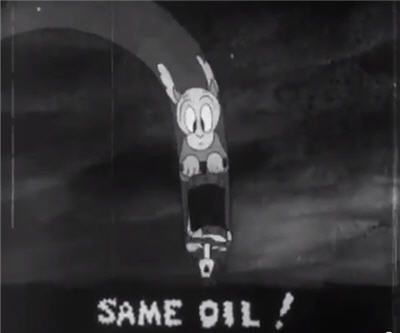
The price oil sands producers receive fell to $48 a barrel below the international benchmark after a $4.50 or 21% widening to $25.00 of the spread between the price of Western Canada Select – a blend of heavy oil sands crude and conventional oil – and US crude.
The drop in Canadian heavy oil came as the US benchmark West Texas Intermediate (WTI) discount to the global oil price in the form of North Sea Brent widened to just under $23 – within shouting distance of the record margin of more than $26 in September 2011.
Brent settled at $107.93 in Europe on Wednesday which translates to an effective price for bitumen-derived oil from Alberta’s oil sands of less than $60 a barrel.
The value of Syncrude, a light oil made from oil sands after undergoing an expensive upgrading process, also plunged on Monday to $0.75 above WTI from a $15.00 premium in September.
The lack of pricing power by Canada’s oil sands players is often blamed on the fact that 99% of exports end up in the US – oil sands producers cannot access new markets in Asia as pipeline projects to the West coast languish in a regulatory morass.
There is no clear timeline for TransCanada’s (NYSE:TRP) Keystone XL to finally cross the border into Canada, that Enbridge’s (TSE:ENB) Northern Gateway pipelines is built at all is an ever diminishing prospect and even Kinder Morgan proposal to expand its existing pipeline going into Vancouver, is facing fierce opposition.
Apart from the east-west pipeline delays there is also the strange situation that the populous centers in the eastern part of the vast country import 60% of their needs and pay global prices. There is talk of converting an existing gas pipeline to carry Alberta oil to the east, but at this point that’s all it is; talk.
And even if these projects do come off the ground Alberta producers like Suncor (TSX:SU NYSE:SU), Cenovus (TSX:CVE NYSE: CVE) and Imperial Oil (TSX:IMO NYSE:IMO) would still find it hard to compete.
Bitumen is expensive to extract, upgrade and refine and cannot compete with the many new shale oil plays which have pushed US production to its highest level in a decade.
Production in the US particularly from the Bakken basin – unlike WCC Bakken oil attracts a premium to WTI – in North Dakota will see the country ramp up current output of 7.8 million barrels/day to 10.9 million barrels over the next few years. Bakken is also competing for pipeline and refinery contracts with Alberta.
Apart from the boom in US production, and a strong Loonie (as the Canadian dollar is referred to by locals), Alberta’s oil sands players are also threatened by escalating costs according to a recent report by Wood Mackenzie that shows “break-even costs for building new steam-driven projects are in the $65-$70 a barrel range and mining developments need at least $90-$100 oil.”
Existing project can still make money at $45 a barrel and at today’s prices SAGD or steam-assisted gravity drainage projects still stand a chance to get off the drawing board, but a full fifth of oil sands projects – those that rely on conventional mining methods – are not nearly viable.
Just today a Canadian think-tank came up with new numbers to show the impact of the oil sands on Canada’s economy:
Alberta’s oil sands will be responsible for creating 880,000 person-years of employment.
Beyond the employment impacts, oil sands-related investment is expected to generate government revenues of $79.4 billion ($45.3 billion in federal revenues and $34.1 for provinces) between 2012 and 2035, on an inflation-adjusted basis.
If the current trend persists these figures may still prove far too optimistic.
Image is from Get Rich Quick Porky, a 1937 Looney Tunes cartoon on YouTube.
Comments
db
Eastern Canada’s economy benefits greatly from alberta’s oilfield.. a lot of people from down east live in an eastern province and work there…. without that money coming back home a lot of benefits enjoyed in our eastern provinces would dry up.. besides I would rather buy my oil from my own country which is not directing the profits earned into heavy military engagements. soo I say hurry up and reverse that pipeline cause I got to drive anyway.